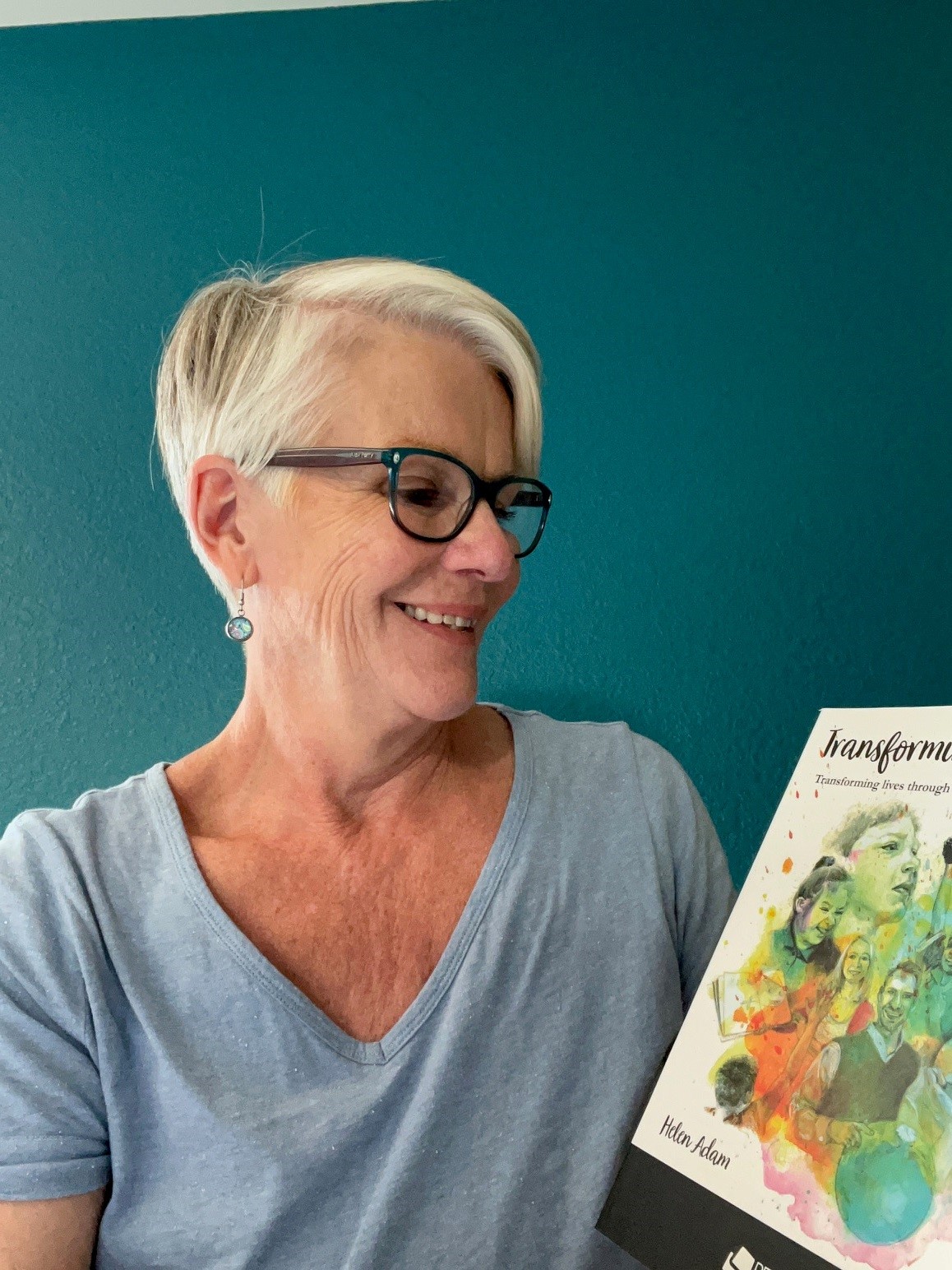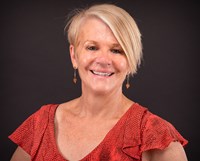Issue 125
Term 2 2023
Is your library the window and mirror all children need?
Dr Helen Adam on the benefits of diverse literature for children, and how educators can provide authentic and positive reflections of cultural diversity within their libraries.
For children to succeed academically, personally and socially, they must feel a sense of belonging. Sadly, for many children in colonised countries, the world of school is built around systemic inequities and assumptions about what children know and should learn.
However, while educators may feel powerless to change social inequities or the curriculum, they can make their classrooms more inclusive and welcoming and connect to children’s lives through culturally responsive use of authentic diverse literature. Such practice can truly transform lives.
Books can empower, include and validate the way children see themselves. But books can also exclude, stereotype and oppress children’s identities. Culturally and racially minoritised groups are at particular risk of misrepresentation and stereotyping in books, as are LGBTQI+ individuals and families, and those with diverse abilities.

Dr Helen Adam with a book
First Nations groups are also often notably absent from children’s books. Excluding the viewpoints, histories and suffering of First Nations Peoples can misrepresent history and teach children a white-washed version of the past. Furthermore, failing to represent the thriving, contemporary lives and cultures of First Nations Peoples risks their continued stereotyping and misunderstanding in the minds of others.
Many books promote stereotypical, outdated or exotic views of underrepresented groups. This can damage outcomes for children from those groups while children from dominant cultural groups can view themselves as ‘normal’ and others as ‘different’.
All children deserve to see their lives, cultures and families reflected in truly authentic and affirming stories – the mirrors. All children deserve and need to see the lives of those different to themselves affirmed and reflected too – the windows. All of society benefits when this takes place. The challenge is to access suitable children’s books and share them with children. We can use these as a foundation for conversations about children’s lives, cultures and communities. Currently, children from minority backgrounds rarely see themselves reflected in books. The world presented in most children’s books is overwhelmingly white, male and middle-class.
This is not to say that any of the books we choose are lacking in quality or should not be shared with children. However, it is important to be aware that a world of children’s books dominated by white authors, white images and white male heroes, can create a sense of white superiority. This is harmful to the worldviews and identities of all children. So, it is vital that librarians, educators and caregivers can all identify and access quality authentic diverse books to share and put in the hands of children.
A starting point
When considering how to diversify book collections, a good place to start is to use a survey such as this one by Lee and Low. This can easily be adapted for the Australian, New Zealand or other regions: https://www.leeandlow.com/uploads/ loaded_document/408/ClassroomLibrary-Questionnaire_FINAL.pdf. Working through this survey can help you identify the scope and breadth of your existing book collection and identify possible patterns of exclusivity or stereotyping.
It is vital that librarians, educators and caregivers can all identify and access quality authentic diverse books to share and put in the hands of children.
Where to next?
Next, seek out books that reflect our diverse and thriving communities and families. Advocates for children’s literature are increasingly publishing resources to help with book selection. Two examples freely available are the National Centre for Australian Children’s Literature (NCACL) Cultural Diversity Database, and the NCACL Aboriginal and or Torres Strait Islander Resource. These are updated regularly as new titles become available.
However, it is important not to simply rely on these resources and assume authenticity and positive reflections of diversity. Some books portraying diversity, even with positive and well-intentioned themes, can still position underrepresented groups in background or supporting roles and some can reflect inaccurate or stereotypical representation and viewpoints.
One tried and tested way to overcome this is to use Bishop’s categories of cultural diversity. Bishop developed these categories in the 1990s, and they have stood the test of time with many researchers. This framework can be used to interrogate more deeply the representation of diverse people in individual books. The books least likely to be found in collections are those classified as culturally authentic/ specific/conscious. These are the books to seek out to extend your collection, as they contain the voices and authentic stories of the communities reflected in the book.
Considering viewpoints and ideologies
Lastly, authors often use animals or other anthropomorphic creatures to tell stories with positive social messages. However, over-reliance on these books will not help increase the visibility of diverse groups and often the storylines tend to reflect culturally dominant lifestyles all the same. One way of identifying this is to use this Viewpoints and Ideologies Framework (adapted from the work of Boutte et al., 2008).
This framework guides you through considering the racial, cultural and social demographics of the main characters as well as underlying viewpoints and ideologies presented in the book. This can be used with all books. For anthropomorphic characters, ask yourself, ‘if I replace this character with a person with no impact on the storyline, what would that person look and act like?’
You can freely access this framework in my co-authored article, The challenge of monoculturalism: what books are educators sharing with children and what messages do they send? (Adam and Barrett-Pugh, 2020). This framework is also included in my book Transforming practice: transforming lives through diverse children’s literature.
A closing word
In my work with educators, I always find great passion for children’s books and the importance of finding books for all children. However, I also find uncertainty and a lack of confidence in knowing what books to select to truly make this difference to those whose representation is commonly excluded. I hope the tips and resources presented here can help you locate and present a truly diverse library to the children in your care.
For more information and support on diverse literature read:
https://petaa.edu.au/w/Publications/PETAA_book_extras/pet128_extras.aspx
References
Adam, H., & Barratt-Pugh, C. (2020). The challenge of monoculturalism: what books are educators sharing with children and what messages do they send? The Australian Educational Researcher. doi:10.1007/s13384-019-00375-7
Bishop, 1992). Multicultural literature for children: Making informed choices. In V. Harris (Ed.), Teaching multicultual literature in grades K-8 (pp. 37-53). Norwood, MA: Christopher-Gordon.
Boutte, G. S., Hopkins, R., & Waklatsi, T. (2008). Perspectives, voices, and worldviews in frequently read children’s books. Early Education and Development, 19(6), 941–962. https ://doi.org/10.1080/1040928080 22066 43.
Crisp, T., Knezek, S. M., Quinn, M., Bingham, G. E., Girardeau, K., & Starks, F. (2016). What's on Our Bookshelves? The Diversity of Children's Literature in Early Childhood Classroom Libraries. Journal of Children's Literature, 42(2), 29-42.
Lee and Low Books (2017) Classroom Library Questionnaire https://www.leeandlow.com/uploads/loaded_document/408/Classroom-Library-Questionnaire_FINAL.pdf
